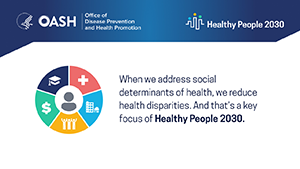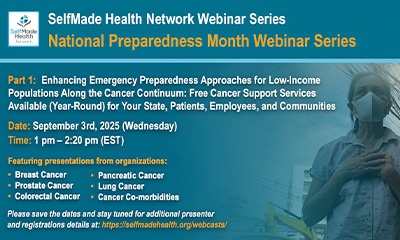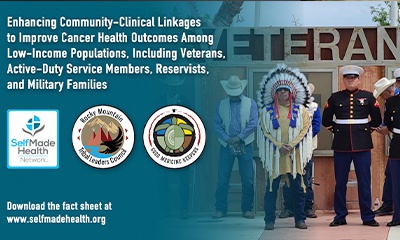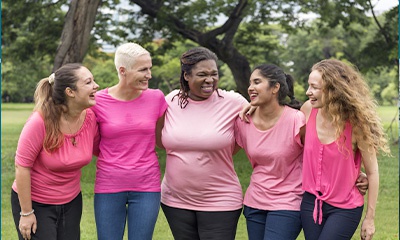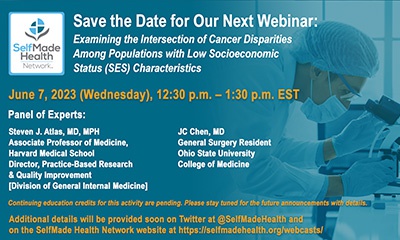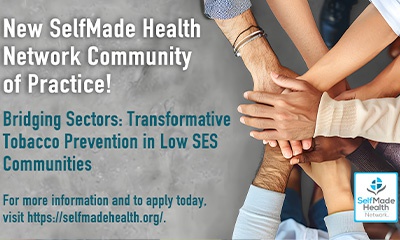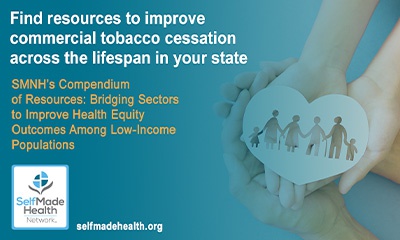


Reduce Their Risk
By Connecting to Resources


National Network Aimed at
Closing the Gap in Disparities
Through Partnerships, Innovation & Expertise


Via education, we boost awareness of cancer & tobacco-related disparities providing greater understanding among organizations and policymakers.
We promote greater capacity within regions by identifying, developing and connecting resources to stakeholders key to changing community norms.
Through partnerships and collaborations, we support the expansion of promising practices and models about prevention, treatment and survivorship.
What is SelfMade Health Network
Educate • Empower • Mobilize
Supported by: CDC-RFA-DP23-0015 [CDC’s National Networks Driving Action: Preventing Tobacco and Cancer-Related Health Disparities by Building Equitable Communities]
SelfMade Health Network (SMHN) is part of the Centers for Disease Control and Prevention (CDC) consortium of national organizations to advance the prevention of commercial tobacco use and cancer in populations experiencing tobacco- and cancer-related health disparities. The consortium is jointly funded by CDC’s Office on Smoking and Health and Division of Cancer Prevention and Control. With a specific focus on populations with low socio-economic characteristics, the work of SMHN is intended to enhance the capacity, quality and performance of state tobacco prevention and cancer control programs, data and information systems, practice and services, partnerships, and resources to advance best and promising practices to respond to unique needs of this population.
As a cross-sector network of dedicated professionals, organizations and communities of members, we aim to educate, empower and mobilize systems within communities nationwide to eliminate cancer and tobacco-related disparities among populations with low socio-economic characteristics.
Our diverse network members and partners represent employers, business groups, national and regional leaders-associations, faith-based organizations, non-profit organizations, health system organizations, state and county-level government agencies, individual researchers and professors from academic institutions, and advocates.
Each member plays a valuable role in connecting with our target audience and it is this through collaboration that we can create a healthier world around us. View our current member list.
Our Name Rooted in History
“Self Made” is a phrase popularized over 120 years ago by Frederick Douglass’ Self-Made Men speech, which stresses the capability to impact your destiny under your own power despite the situation you are in.![]()
As network members, we aim to be present to encourage, guide and support those that work in communities of change. Our network goals and objectives reflect this objective. Read more
Philosophy
The concept “SelfMade Health” originates from the understanding that in the presence of affordable, supportive and resource-friendly environments (e.g. physical, social), populations can accrue greater awareness, knowledge, understanding, self-efficacy and subsequently increased control of decisions about health risks and overall health.
In the presence of a sustained local infrastructure and corresponding evidence-based resources, decisions among vulnerable populations would be consistently applied throughout the entire continuum of health; beginning with prevention followed by use of early screening and routine treatment services as well as maintenance of low risk behaviors. This concept is also based on a historical perspective and belief that “a man, woman or teen can be the captain of his destiny.”
The Future of Nursing 2020-2030: Charting a Path to Achieve Health Equity
“Equitable access to healthcare is needed for promoting for maintaining health, preventing and managing disease, reducing unnecessary disability, premature death, and achieving equity. Health equity is achieved by addressing the underlying issues that prevent people from being healthy.”
Robert Wood Johnson Foundation (RWJF): “Health equity means that everyone has a fair and just opportunity to be as healthy as possible. This requires removing obstacles to health such as poverty, and their consequences, including lack of access to good jobs, quality education and housing, safe environments, and health care.” Reference: https://www.rwjf.org/en/insights/our-research/2017/05/what-is-health-equity-.html
Priority Focus Areas
- Health Equity (Federal, State, County, and Community Levels)
- Community-Clinical Linkages
- Strategic Planning (State, County, Multi-sector)
- Health Systems Transformation
- Specialized Technical Assistance and Training (State, County, Multi-sector)
- Community Engagement
- Achieving health and well-being requires eliminating health disparities, achieving health equity, and attaining health literacy.
- Attain healthy, thriving lives and well-being free of preventable disease, disability, injury, and premature death.
- Eliminate health disparities, achieve health equity, and attain health literacy to improve the health and well-being of all.
- Create social, physical, and economic environments that promote attaining the full potential for health and well-being for all.
- Promote healthy development, healthy behaviors, and well-being across all life stages.
- Engage leadership, key constituents, and the public across multiple sectors to take action and design policies that improve the health and well-being of all. Reference: https://health.gov/healthypeople/about/healthy-people-2030-framework
Health Equity “Attain healthy, thriving lives and well-being free of preventable disease, disability, injury, and premature death.”This includes low-income populations in medically underserved areas (rural, metropolitan).
https://health.gov/healthypeople/about/healthy-people-2030-framework
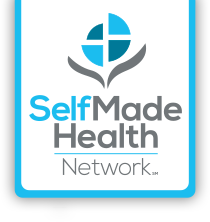
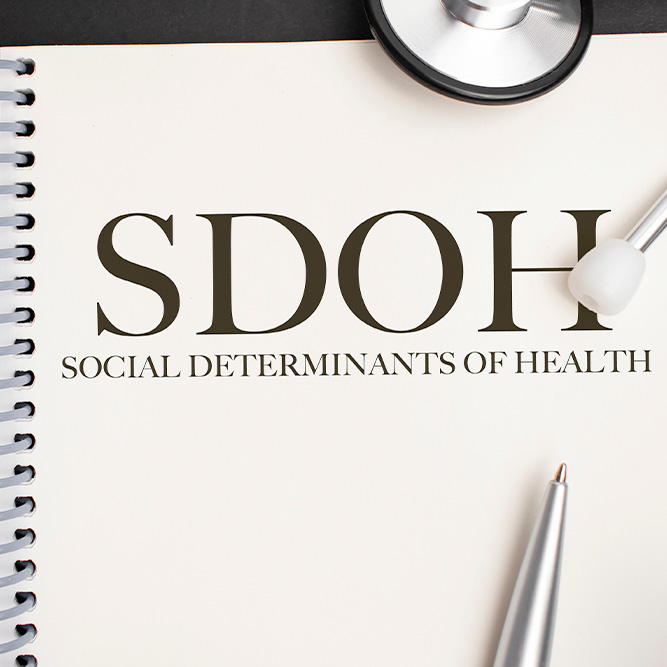 Social Determinants of Health in Cancer Care (American Society of Clinical Oncology)
Social Determinants of Health in Cancer Care (American Society of Clinical Oncology)